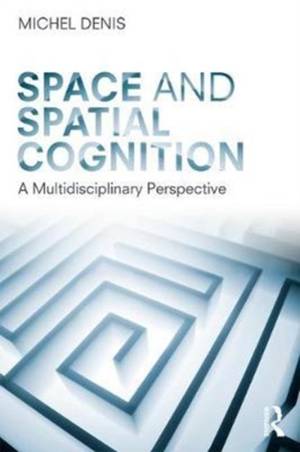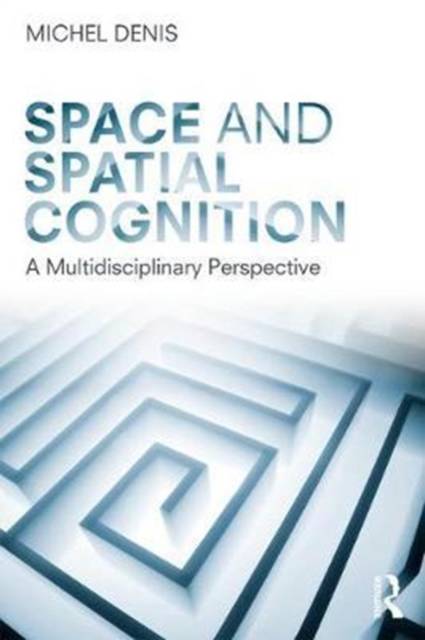
- Retrait gratuit dans votre magasin Club
- 7.000.000 titres dans notre catalogue
- Payer en toute sécurité
- Toujours un magasin près de chez vous
- Retrait gratuit dans votre magasin Club
- 7.000.000 titres dans notre catalogue
- Payer en toute sécurité
- Toujours un magasin près de chez vous
Description
All living creatures inscribe their activity in space. Human beings acquire knowledge of this space by traversing it, listening to verbal descriptions, and looking at maps, atlases, and digital media. We memorize routes, compare distances mentally, and retrieve our starting place after a long journey. Space and Spatial Cognition provides an up-to-date introduction to the elements of human navigation and the mental representation of our environment.
This book explores the mental capacities which enable us to create shortcuts, imagine new pathways, and thus demonstrate our adaptation to the environment. Using a multidisciplinary approach which draws on psychology, neuroscience, geography, architecture and the visual arts, the author presents answers to a number of questions. Which mental capacities do people mobilize when confronted with space? Which brain functions do they implement? How do digital technologies extend these capacities? By presenting space at the crossroads of a number of disciplines, this volume reveals how each of them enhances our understanding of human behaviour in space.
Space and Spatial Cognition
provides a unique insight into all facets of spatial cognition, including spatial behaviour, language, and future technologies. It will be the ideal companion for all students and researchers in the field.Spécifications
Parties prenantes
- Auteur(s) :
- Editeur:
Contenu
- Nombre de pages :
- 246
- Langue:
- Anglais
Caractéristiques
- EAN:
- 9781138098336
- Date de parution :
- 20-11-17
- Format:
- Livre broché
- Format numérique:
- Trade paperback (VS)
- Dimensions :
- 155 mm x 226 mm
- Poids :
- 340 g







